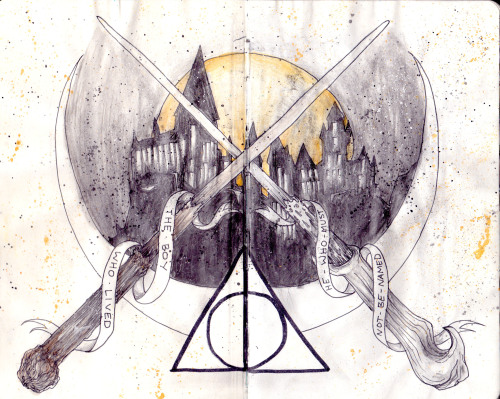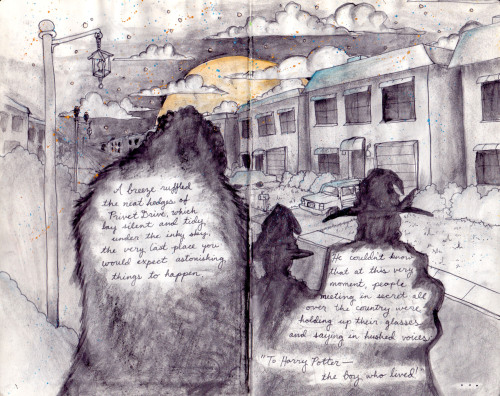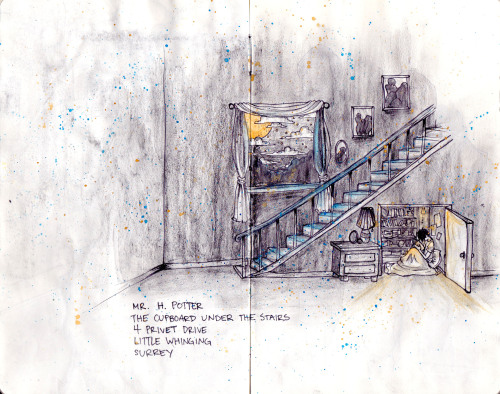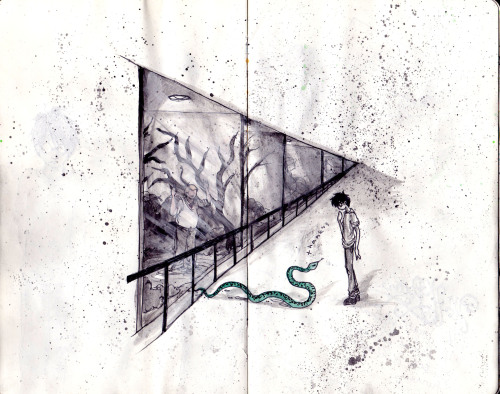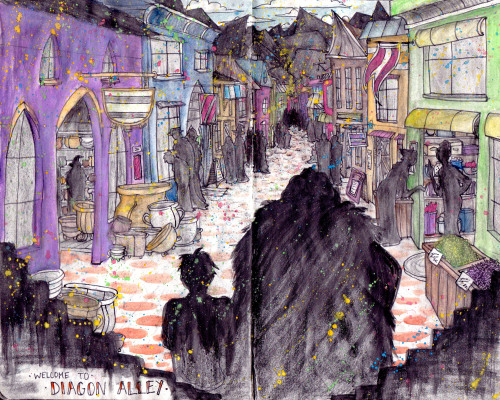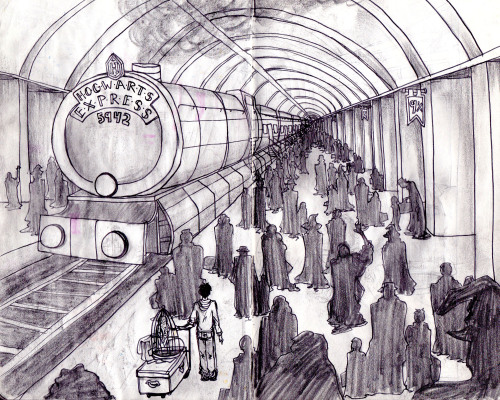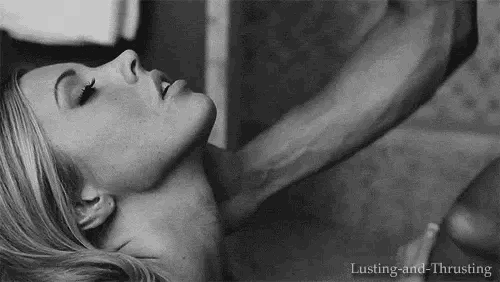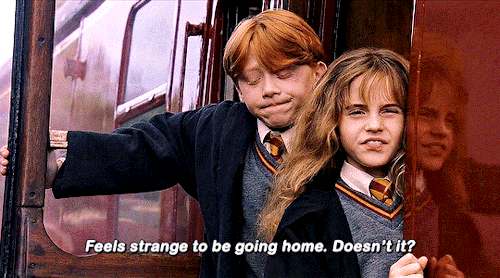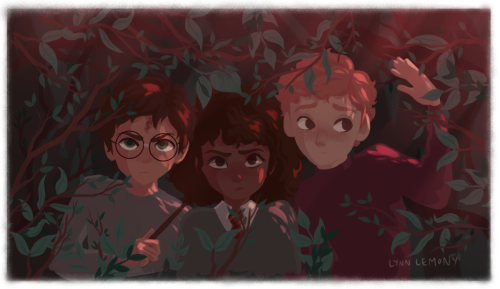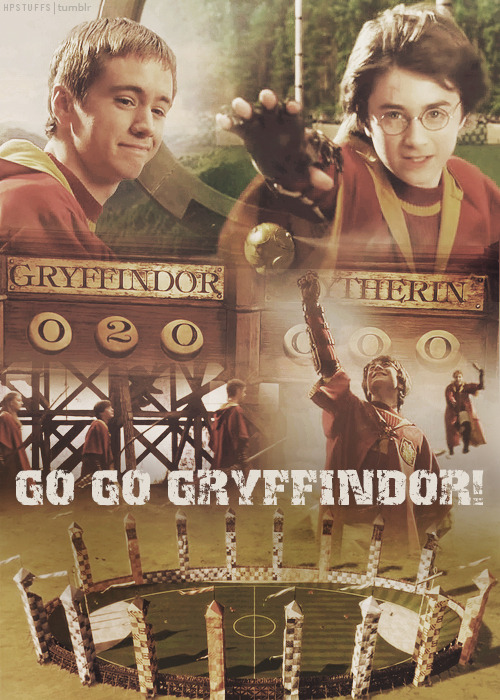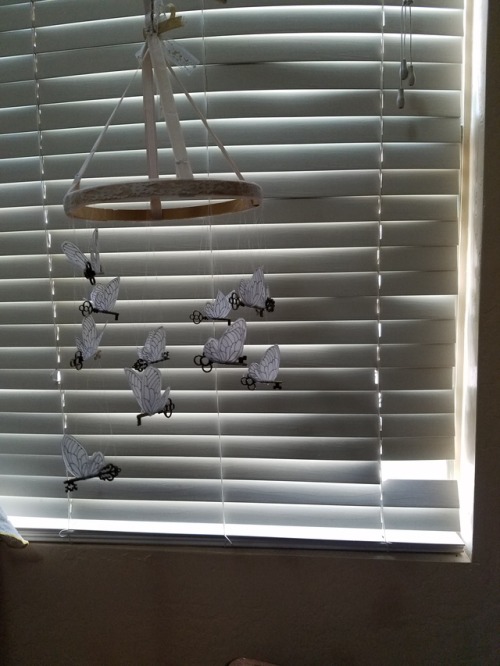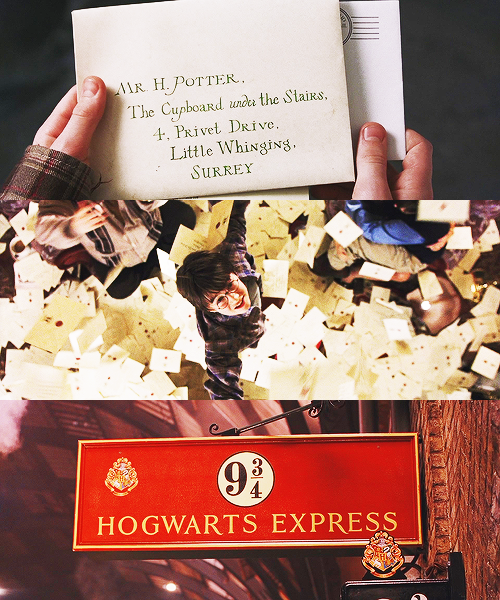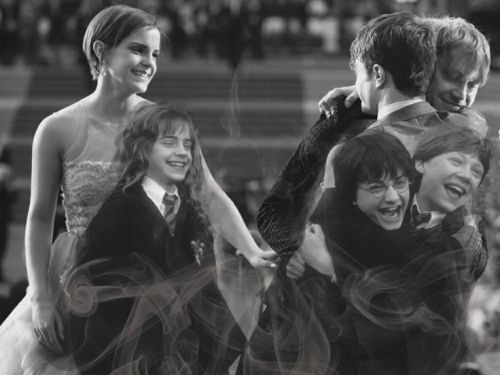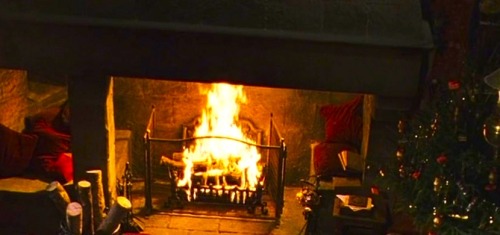#sorcerers stone
this is what I’ve been working on the last few days.
harry potter moleskine pt. 1. graphite, ink, watercolor.
(Full document here, part one here, part two here, part three here)

Foreshadowing is one of the most powerful techniques a writer has. It’s how we make readers feel that our stories make sense. In the Harry Potter series, we come across two types of foreshadowing: foreshadowing of book-specific events and foreshadowing of events that will occur other books.
I try to write my stories in such a way that a reader won’t know what’s going to happen the first time they read that story, but the second time they read the story they’ll see the ending coming a mile away. This is apparently a technique Mrs. Rowling likes to use as well because it’s all through the Harry Potter books.
In book one we see Harry talking to a snake and think nothing of it. In book two, we learn this is actually a big deal as only parselmouths can talk to snakes. Then later still we learn that Harry has this ability due to the fact that he’s got a bit of Voldemort stuck inside of him.
Events build together to make a cohesive story. If you don’t build up events in this way, making it so that, when a reader knows the ending, everything makes sense, then you’re going to find that there aren’t a lot of people who want to read your stories because building events together does more than make for a good story, it makes for a good world. A world where everything ties together and you feel a connection to the whole.
When rereading book one of Harry Potter, a reader isn’t just experiencing book one. They’re experiencing almost every book to come. When Hagrid arrives on that flying motorcycle and mentions it came from “young Serius Black,” the reader is suddenly drawn away to book three. To Harry meeting his godfather for the first time and discovering there’s someone out there who loves him and wants to take him in. When Mr. Ollivander talks about the phoenix feather in Harry’s wand, the reader is thinking about everything that wand will do and about Harry meeting that special phoenix who will eventually save his life.
That’s the power of foreshadowing so, when you’re writing your stories, don’t focus on surprising your readers. Focus on making a world. Focus on making a place that will capture someone’s heart. Focus on the magic that comes from writing something so powerful that you’ll be able to draw someone away from the darkness in their lives and into the protective light of a good story.
(Full document here, part one here, part two here)

Last time we talked about the plot of Harry Potter, now it’s time to talk about the characters. Starting with everyone’s favorites: Fred and George Weasley.
Most people fall in love with these two by the end of book one and it’s no wonder. They’re fantastic. But do you know that, of all 312 pages of my copy of Harry Potter and the Sorcerer’s Stone, Fred and George are only mentioned on 28. I do mean mentioned, too. If I only counted pages where the boys are physically present, the number would drop below 20.
This is the power of using characters well. Of knowing just what to have them say or what to have them do in order to have your readers love them.
In the case of the Weasley twins, they’re power is in their actions and dialog. From the first scene we see them, we know that these two are jokers, but we also get a sense of their kind hearts when they help Harry get his things onto the train. We don’t have to be told they’re funny, we see that ourselves and that’s how you want it work. Never tell your readers how to feel about a character, that does nothing. Instead, show them who a character is and then allow them to form their own opinions.
Another excellent example of this is a character who gets even less “screen time” than the twins: Mrs. Weasley. She’s mentioned only a handful of times in the book and appears only twice, yet the reader gets a good feeling for who she is. We know she’s kind from how she treats Harry: telling her children to not mess with him and taking the time to make him a sweater for Christmas. The reader likes her and, when she shows up in book two, we already feel like we have a good sense of who she is.
When trying to develop your own characters, think about the characters you love. Think about why you love them and what the author who created them did to make them come to life for you. This technique applies to every character, even the main one because most people will have decided whether or not they like your main character pretty early on, so you’ve got to set them up well from the start.
J.K. Rowling does this for Harry by having chapter two of the book be about Harry and very little else. Sure, things happen in that chapter, but none of it has anything to do with the plot (yes, it sets up book 2, we’ll get to that in a bit). This is what we call a character event. Something that is added to the book for no reason other than to establish a character. They can be full scenes, bonus moments/bits of dialog, or even offhand mentions of something and Harry Potter is full of all three. Most well written books are.
Some examples of scene events are:
Harry meeting Draco at the Madam Malkin’s Robes for All Occasions – this event does nothing other than set up Draco, but it’s needed so that Harry already knows what he thinks of Draco when the other boy shows up on the Hogwarts Express
Harry offering Ron his sweets – while this scene includes the moment where Harry first reads the name Nicholas Flamel, that’s not the point of the scene. The point is to bond Harry and Ron as friends and to show that Harry has a kind heart.
Snape making fun of Harry by showing all he doesn’t know – a scene that does little more than show us that Snape really doesn’t like Harry
Bonus moments and bits of dialog are things that are added to a scene in order to develop a character. These are things like:
“The Great Humberto’s on tonight. I want to stay somewhere with a television.” – Dudley Dursley
“I’m not Fred, I’m George. Honestly, woman, you call yourself our mother?” – Fred Weasley
Neville coming around the Hogwarts express looking for his toad.
“I hope you’re pleased with yourselves. We could all have been killed – or worse, expelled.” – Hermione Granger
“And the Quaffle is taken immediately by Angelina Johnson of Gryffindor – what an excellent Chaser that girl is, and rather attractive, too…” – Lee Jordan
Fred and George stealing Percy’s prefect badge and having him chase them down to get it back.
All of these actions or lines could have only come from the characters that did or said them. They feel right when you read them. Have Harry say Lee’s lines or Hermione steal Percy’s prefect badge and, no, that would be wrong. That’s why these things are so important. They’re the little things that add flavor to a character and make them feel like a real person.
Offhand mentions are the least common way to go about character development. They’re things that one character mentions about another in order to develop the character who’s being mentioned. Some examples are:
Uncle Vernon mentioning that his sister hates Harry
Dumbledore mentioning that the Weasley twins tried to send Harry a toilet seat
Okay, I think that about wraps up this bit on character development. Hopefully it’s given you something to think about in regards to your own writing and, as always, feel free to ask questions about anything I’ve written here or in my other posts.
(Full document here, part one here)

The events that follow are the events that I call the key events. They’re the things that must happen for the story to make logical sense. If even one of these events failed to occur, then the story would make absolutely no sense to a reader. So, go ahead, read through the list, then we’ll talk about why so many things are missing.
- Event 1: Harry sent to live with the Dursley
- Event 2: Harry accepted into Hogwarts School of Witchcraft and Wizardry
- Event 3: Hagrid collects Harry from the Dursleys
- Event 4: Hagrid and Harry go to Gringotts
- Event 5: Hagrid takes the stone out of vault 713
- Event 6: Harry goes to platform 9 and ¾
- Event 7: Harry meets Ron
- Event 8: Harry meets Neville and Hermione
- Event 9: Harry arrives at Hogwarts
- Event 10: “The third floor corridor on the right hand side is out of bounds to anyone who does not wish to die a most painful death”
- Event 11: Harry, Ron, Hermione, and Neville discover why the third floor corridor is out of bounds
- Event 12: Harry, Ron, and Hermione become friends
- Event 13: Harry discovers the mirror of Erised
- Event 14: Harry, Ron, and Hermione learn about the Sorcerer’s Stone
- Event 15: Harry learns Voldemort is alive and at Hogwarts
- Event 16: Harry, Ron, and Hermione discover “Snape” is going after the stone
- Event 17: Harry, Ron, and Hermione go to get the sorcerer’s stone
- Event 18: Ron hurt
- Event 19: Harry forced to go on without Hermione
- Event 20: Harry gets the stone
- Event 21: Harry faces down Quirrell and Voldemort
Like I said before, there’s a lot of stuff that’s not on this list. No quidditch, no crazy letters, no “troll in the dungeons,” I don’t even mention that frightening night in the forbidden forest. That’s because these scenes, while important to tell the story well, are by no means vital to the plot. You could cut out any one of them and you’d still be telling the reader all of the things that they need to know in order to understand what’s going on with the main plot.
You see, this event breakdown technique is something that I use with every story that I write and the point of it is not to figure out everything that I’m going to write. The point is to figure out the big things. The events I need to have happen in order for my story to work. Once I’ve got that, then I start to figure out how to get from one event to the next or how to actually make a given event happen.
For example, event 12 is where Harry, Ron, and Hermione become friends. I know this needs to happen because, without Hermione, Harry and Ron won’t be able to reach the sorcerer’s stone. The real question is how do I make them friends? J.K. Rowling chose to do it by having the three of them fight a mountain troll together, which worked out quite well, but the fighting of the mountain troll wasn’t the important thing about that scene. They could’ve just as easily become friends some other way, which is why I don’t include the mountain troll fight as a key event.
When you’re trying to figure out how to write your story, you can always do a full list like this, but that’s not necessary to make the technique work. You can also use an abbreviated version of the technique by simply asking yourself, okay, what’d the next big thing that has to happen and how do I get there?
Another important thing to keep in mind while doing something like this is figuring out how to set up the plot elements that aren’t really events. J.K. Rowling wants both the gang and the readers to think that Snape is the bad guy, not Quirrell, so while setting up her plot and figuring out how to move from event to event, she was constantly looking for ways to set Snape up as the villain while still leaving hints that it was really Quirrell so that the reader wouldn’t think that the twist was dumb and out of nowhere.
Of course, at that point we’re starting to drive away from the plot elements and moving towards the character/world building elements. These things are just as vital as the plot elements. In fact, I’d say they were, in some ways, more vital because a good plot will only get you so far. People will read a book once to see what happens, but they’ll only read it again and again if they love the characters.
Saw tons of these Harry Potter winged key mobiles on Pinterest, so I thought I’d have a go at one for a friend’s baby shower!
Took me about 3 days of work on it, but it’s done and I love it, hope she does as well.
Post link
A toasty fire blazes in the Gryffindor Common Room beside a decorated tree during the Christmas holidays
Post link

